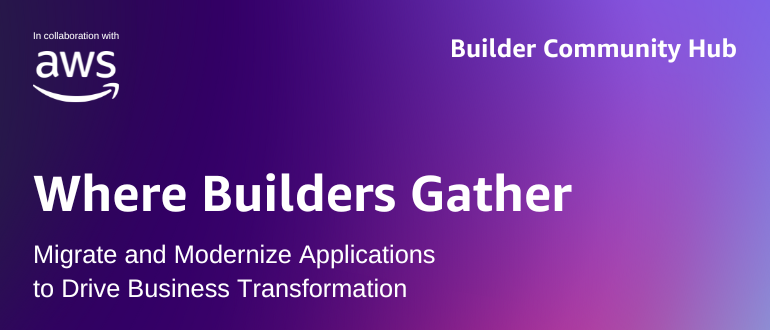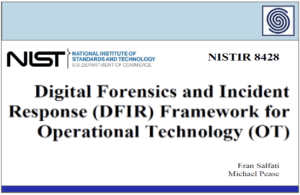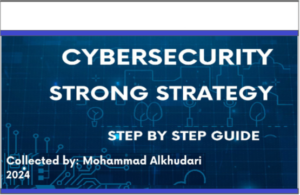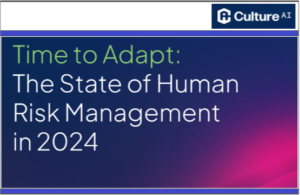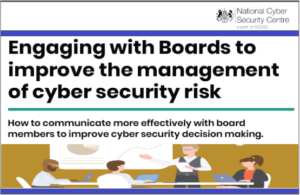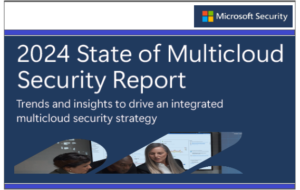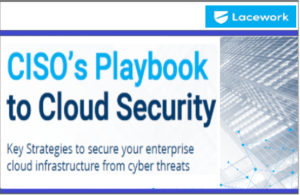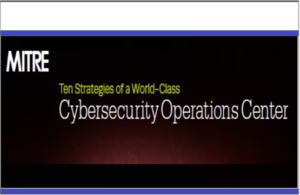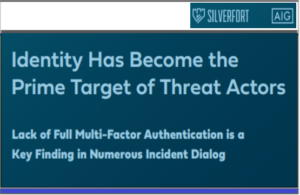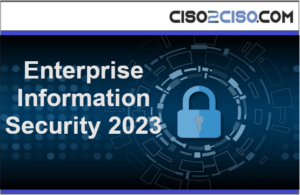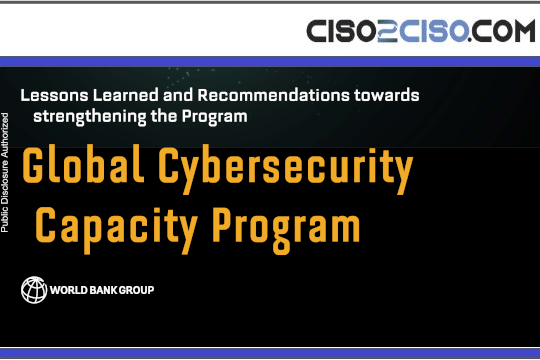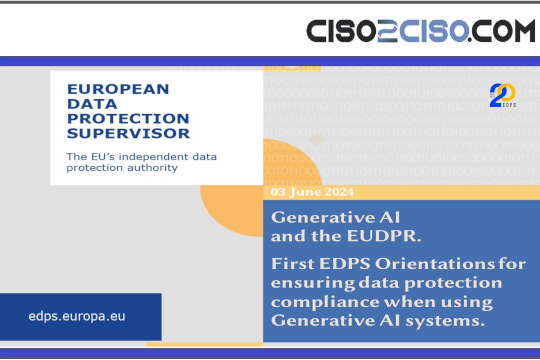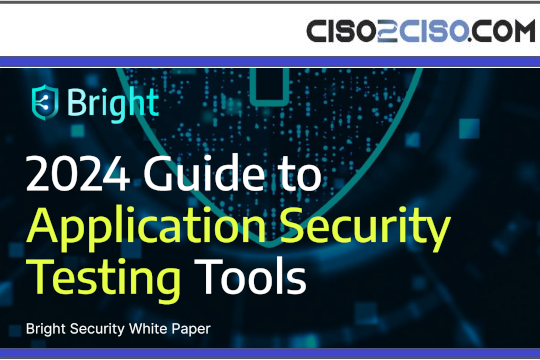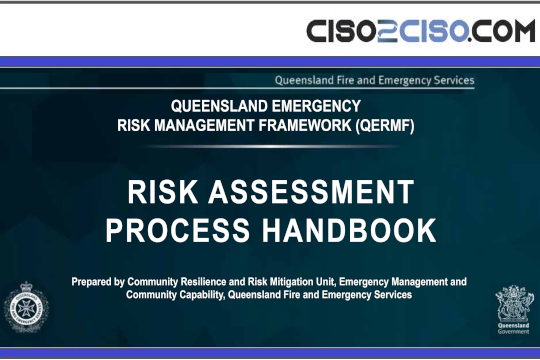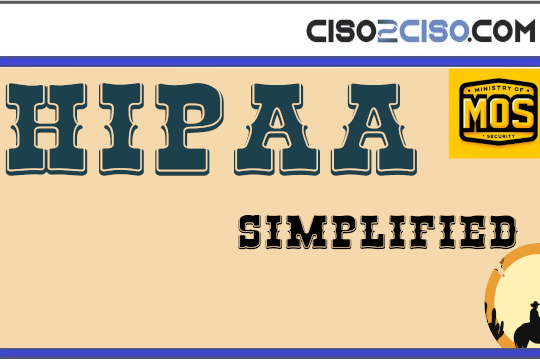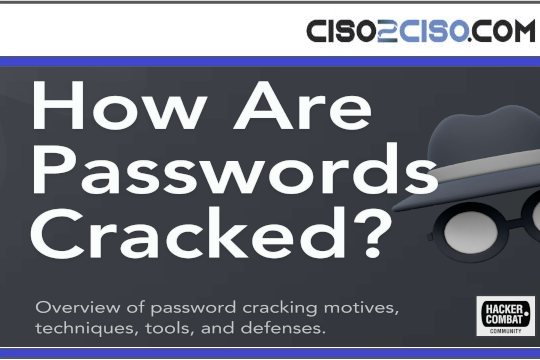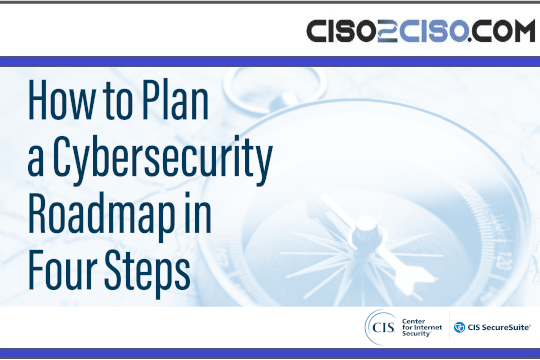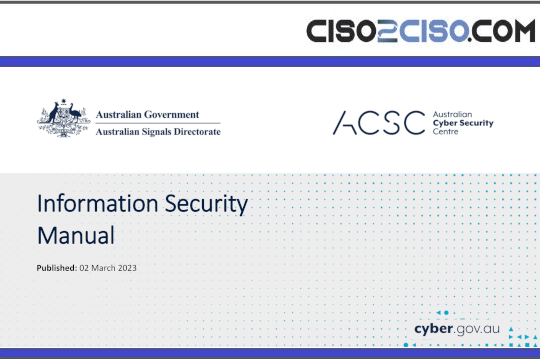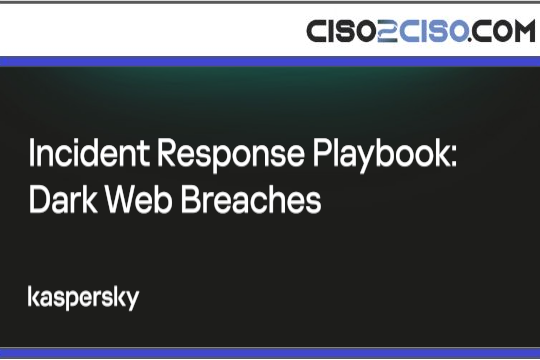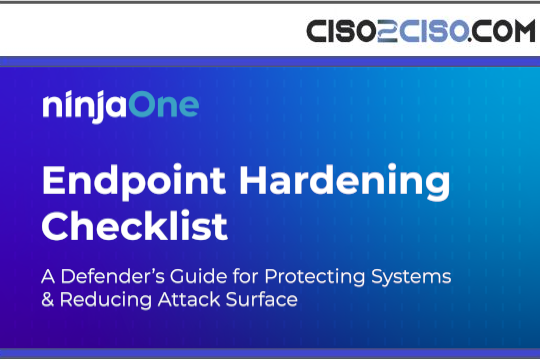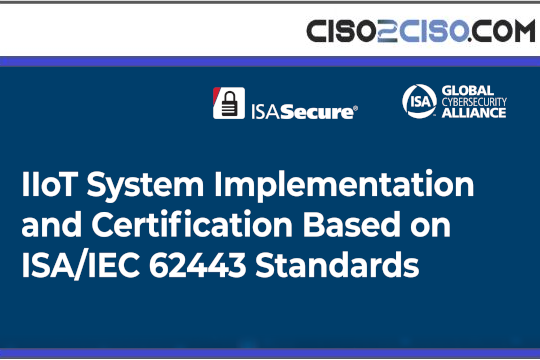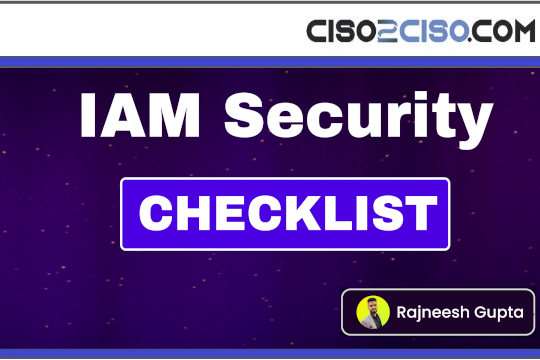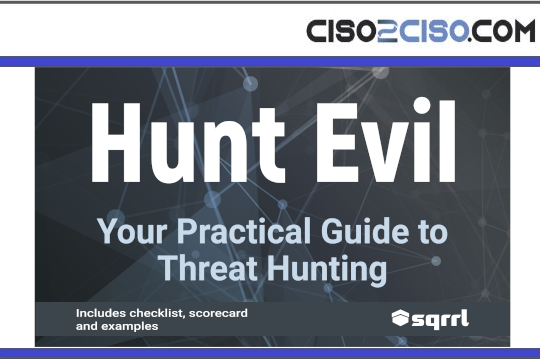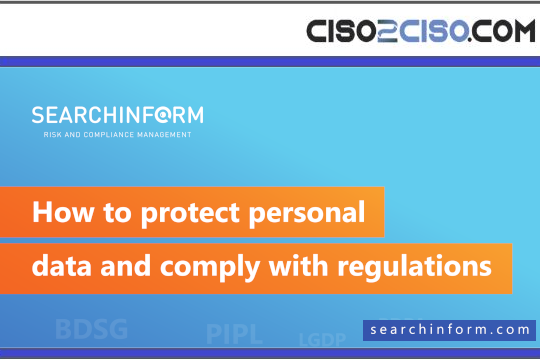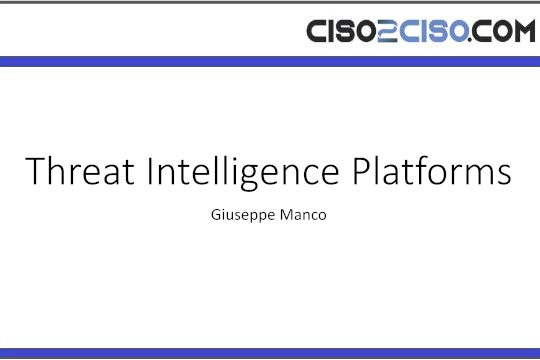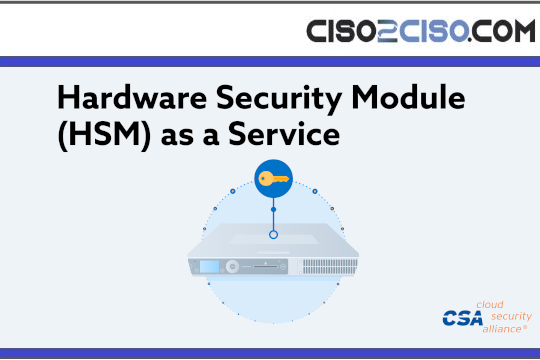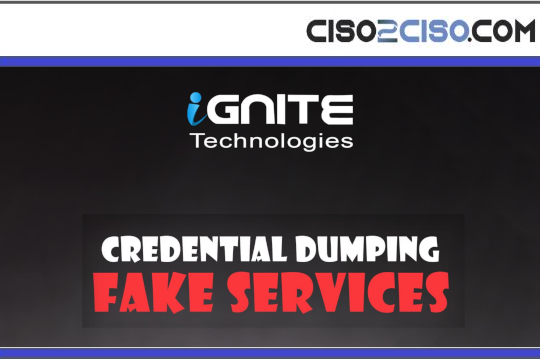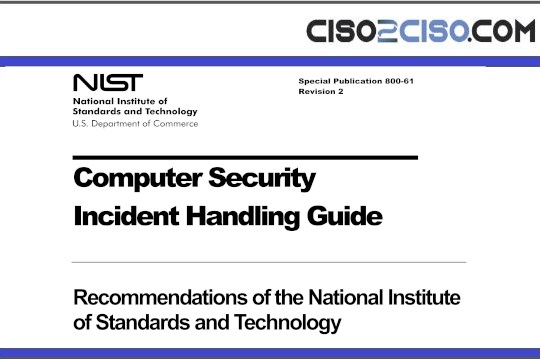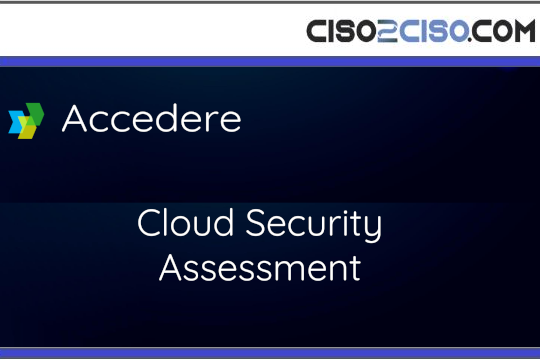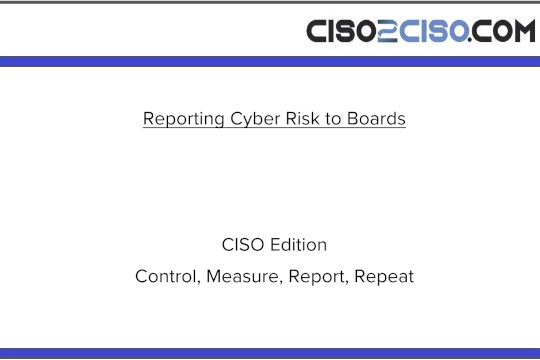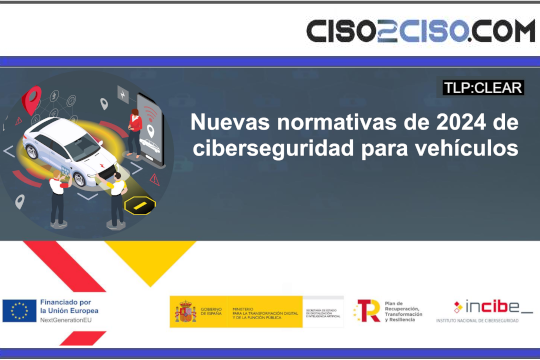Source: securityboulevard.com – Author: Amy Cohn
Why Are Adaptable NHI Strategies Essential in Today’s Cybersecurity Landscape?
Where cyber threats are increasingly complex and pervasive, businesses need robust and flexible strategies to safeguard their data assets. One such strategy is the management of Non-Human Identities (NHIs), a vital but often overlooked aspect of cybersecurity. This approach involves securing machine identities, their access credentials, and monitoring their behaviors within the system. But what makes adaptable NHI strategies so crucial?
Diving Deep into NHI and Secrets Management
The creation of NHIs relies on a two-fold process that involves an encrypted password, token, or key (the Secret) and the permissions granted to that Secret by a destination server. In essence, the NHI is akin to a tourist with the Secret functioning as their passport, granting them access to different servers or ‘destinations’.
But managing NHIs isn’t just about issuing passports. It’s a comprehensive approach that encompasses every stage of an NHI’s lifecycle, from creation and classification, through monitoring, to threat detection and remediation. This contrasts starkly with traditional methods such as secret scanners, which offer a fragmented, narrow view.
Managing NHIs in a holistic manner ensures comprehensive insights into ownership, permissions, usage patterns, and potential vulnerabilities, translating into context-aware security. For an in-depth look at NHI threat mitigation, check this out.
The Strategic Value of NHI Management
The strategic value of effective NHI management is multi-fold. First and foremost, it reduces security risks. By proactively identifying and addressing vulnerabilities, it minimizes the likelihood of security breaches and data leaks.
NHI management also improves regulatory compliance. It helps organizations adhere to policy enforcement and maintain audit trails, which is particularly important in strictly regulated sectors like financial services and healthcare.
At the same time, it improves efficiency. The automation of NHI and secret management frees up time for security teams to concentrate on strategic initiatives. It also provides enhanced visibility and centralized control, facilitating better access management and governance.
Finally, NHI management contributes to cost savings. The automation of secrets rotation and the decommissioning of NHIs reduces operational costs and improves resource utilization.
Adaptable NHI strategies become increasingly important. It’s not enough to merely have an NHI management strategy in place; organizations must be able to adapt their strategies to effectively manage changes in their environment.
A proactive and adaptable approach helps organizations stay one step ahead of potential threats and vulnerabilities. It enables them to mitigate risks, enhance regulatory compliance, improve operational efficiency, and save costs.
When technology continues to advance rapidly, so too must our strategies for managing NHIs. By incorporating adaptable NHI strategies into their cybersecurity policy, organizations can protect themselves against evolving threats and ensure they stay on the cutting edge of cyber defense.
Emphasizing Importance of NHI & Secret Management in Cyber-Security
$6 Trillion: The Staggering Cost of Cybercrime
Let’s take a brief look at the scale of the problem faced by organizations today. The global cybercrime industry is projected to cost organizations over $6 trillion annually by 2021. This alarming number is often exacerbated because NHIs get overlooked in cybersecurity conversations, highlighting a critical disconnect that robust and adaptable NHI strategies can correct. A resilient, proactive response to such a massive cybersecurity risk includes effective and efficient end-to-end NHI and Secret management. This approach is paramount when dealing with an evolving cyber teeming with unique threats.
Securing Cloud Infrastructure through NHI Management
Cloud infrastructure is a prime target for cyber threats due to the sensitive and valuable data it usually hosts. Strategies for securing these environments must consider NHIs and their Secrets management. Implementing comprehensive and robust NHI strategies can provide businesses with the necessary security measures to actively protect and monitor their cloud infrastructures. By supplying companies with valuable insights like ownership, permissions, usage patterns, and potential vulnerabilities, operations teams can react swiftly, ensuring maximum data safety and minimal disruption to operations.
Adaptable NHI Strategies: A Game Changer in Cyber Conflict
Cybersecurity is a perennial game of cat and mouse, with perpetrators inventing novel ways to infiltrate systems and security experts devising countermeasures. Consequently, cyber defense strategies must evolve and adapt at the same rapid pace. It is here that adaptable NHI strategies serve as a game-changer, offering flexibility and protection.
If cyber threats continue to transition into more sophisticated forms, a dynamic and flexible NHI strategy is vital. Reactive strategies are no longer sufficient. Organizations should anticipate a continually shifting landscape and maintain cyber defense adaptability. Therefore, proactive measures, foresighted planning, and adaptability must be core elements in an organization’s cyber defense strategy.
Accelerating Cyber Resilience with an NHI Strategy
Having a comprehensive strategy doesn’t just relate to security measures. It also translates into accelerated digital resilience. Simply put, managing NHIs can streamline response to data breach incidents, minimizing downtime, and ensuring service continuity. By identifying risk factors and acting before breaches occur, organizations can significantly improve mitigation efforts and recover faster.
This logical cyber resilience further translates into the organization’s ability to maintain operational productivity, safeguard sensitive information, uphold brand reputation, and avoid non-compliance penalties.
All considered, to thrive demands the effective management of NHIs and Secrets. This process involves a combination of multiple elements, including robust risk management, efficient automation, comprehensive visibility, cost-effectiveness, and above all, adaptability.
To appreciate this further, delve into the importance of Google Workplace integrations in boosting cybersecurity efficacy here.
The post Adaptable Strategies for NHI Lifecycle Management? appeared first on Entro.
*** This is a Security Bloggers Network syndicated blog from Entro authored by Amy Cohn. Read the original post at: https://entro.security/adaptable-strategies-for-nhi-lifecycle-management/
Original Post URL: https://securityboulevard.com/2025/03/adaptable-strategies-for-nhi-lifecycle-management/?utm_source=rss&utm_medium=rss&utm_campaign=adaptable-strategies-for-nhi-lifecycle-management
Category & Tags: Cloud Security,Security Bloggers Network,NHI Lifecycle Management,Non-Human Identity Security – Cloud Security,Security Bloggers Network,NHI Lifecycle Management,Non-Human Identity Security
Views: 2



